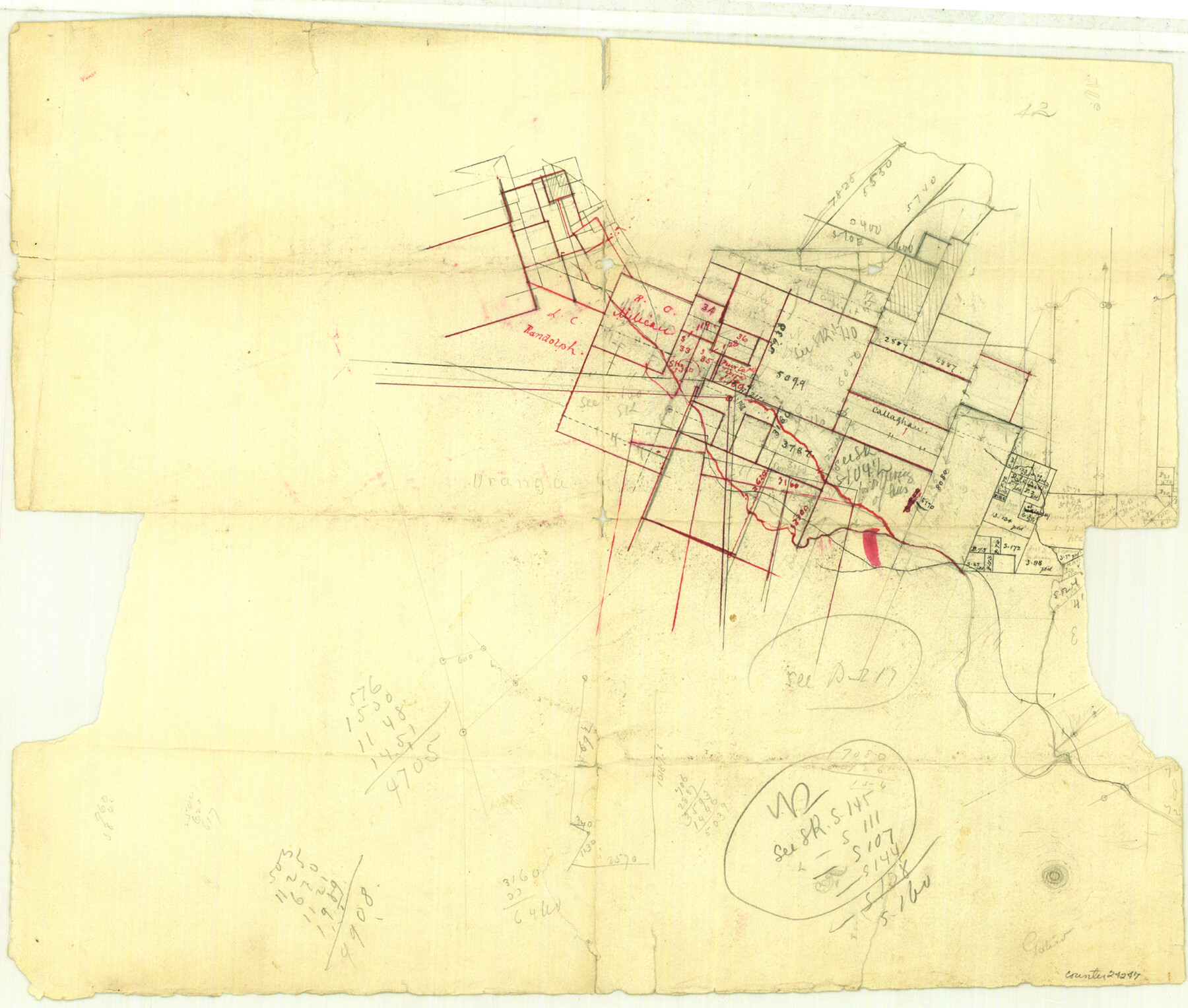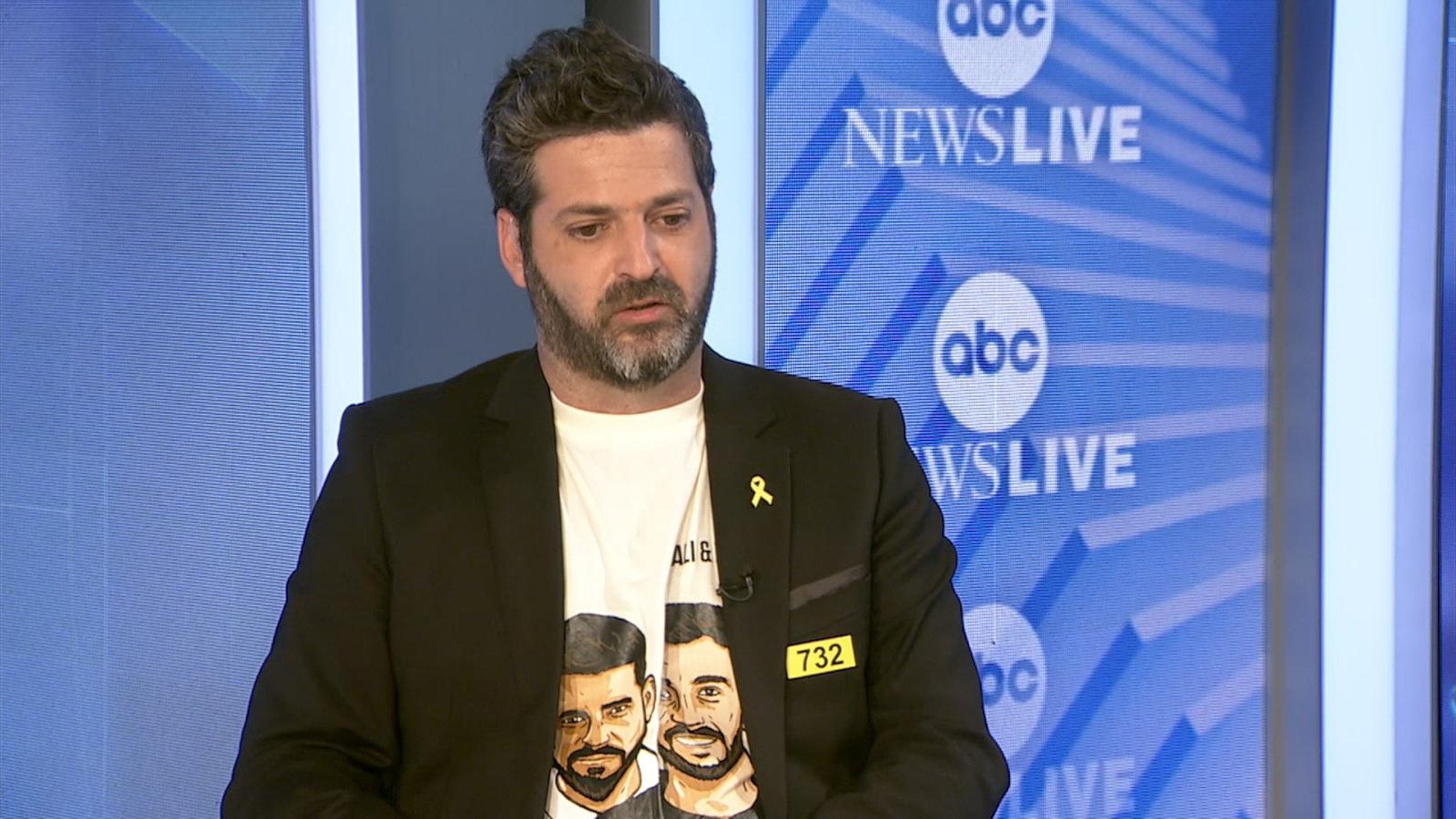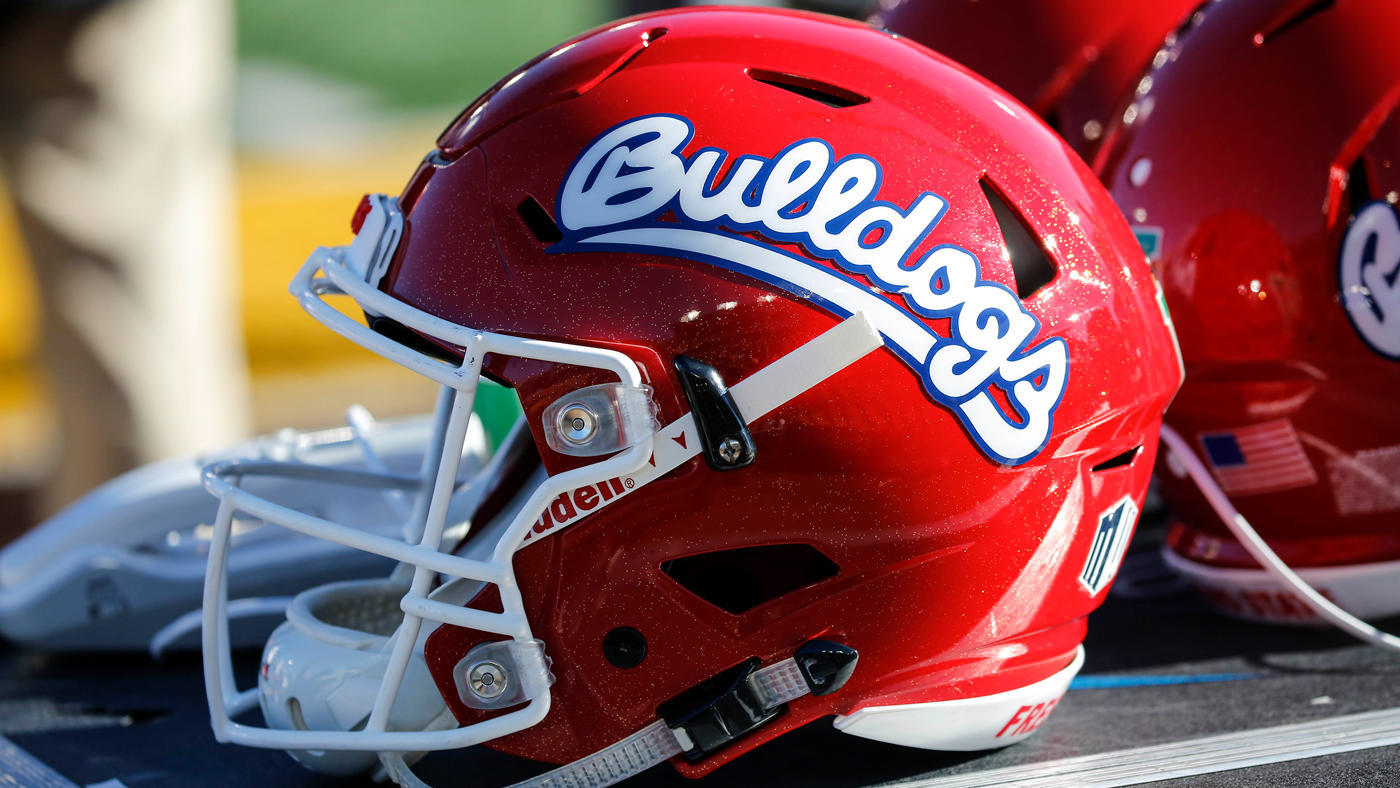Report on the Sale of Gulf World Marine Park and its Implications for Sustainable Development
Executive Summary
The parent company of Gulf World Marine Park, The Dolphin Company, has entered bankruptcy proceedings, leading to the mandated sale and liquidation of its assets, including the park in Panama City Beach, Florida. This report analyzes the sale process and its significant implications for several United Nations Sustainable Development Goals (SDGs), particularly SDG 14 (Life Below Water), SDG 8 (Decent Work and Economic Growth), SDG 11 (Sustainable Cities and Communities), and SDG 16 (Peace, Justice and Strong Institutions).
Asset Liquidation and Bankruptcy Proceedings
The Dolphin Company has engaged Keen-Summit Capital Partners LLC, a real estate advisory firm specializing in bankruptcy and restructuring, to manage the sale of its properties. The process is being conducted under the supervision of a bankruptcy court, which must approve any final sale agreement. This legal oversight is crucial for ensuring a transparent and equitable process, aligning with the principles of SDG 16 (Peace, Justice and Strong Institutions).
- Objective: The primary goal is an expedited sale of all assets to address the company’s financial liabilities. The process aims to maximize value through a competitive auction.
- Scope of Sale: The liquidation is comprehensive, involving multiple marine parks and all company animals. It is expected to result in the complete dissolution of The Dolphin Company.
- Legal Assurance: A key feature of the bankruptcy sale is that the buyer will receive a federal court order providing a “free and clear title,” removing past encumbrances and promoting secure investment.
Redevelopment and Sustainable Economic Futures
Land Use and Urban Development: Addressing SDG 11 and SDG 8
The Gulf World Marine Park property is slated for complete redevelopment. Its prime beachfront location presents a significant opportunity for urban renewal and economic revitalization, directly contributing to SDG 11 (Sustainable Cities and Communities) and SDG 8 (Decent Work and Economic Growth).
- Potential Redevelopment: Brokers have identified several potential uses for the land that could enhance the local community and economy.
- Hospitality Facilities
- Residential Properties
- Mixed-Use Retail and Commercial Space
- Economic Imperative: The urgency of the sale is driven by the ongoing costs of maintaining a non-revenue-generating property. A swift redevelopment is expected to stimulate local economic activity, create new jobs, and generate tax revenue, supporting the targets of SDG 8.
Animal Welfare and Marine Conservation: A Focus on SDG 14 (Life Below Water)
A critical component of the asset liquidation involves the sale and relocation of the company’s marine animals. This aspect of the proceedings places a strong emphasis on SDG 14 (Life Below Water), which calls for the conservation and sustainable use of marine resources.
- Humane Treatment as Priority: Bankruptcy court documents explicitly state that “the safety and humane treatment of the animals is paramount.” The sale is framed as a necessary step to ensure their welfare amid the company’s financial constraints.
- Partnerships for Conservation (SDG 17): The relocation of four dolphins from Gulf World to the Clearwater Marine Aquarium exemplifies a crucial partnership between organizations to ensure the continued care and well-being of the animals. Clearwater Marine Aquarium has affirmed its commitment to the dolphins’ health, safety, and long-term placement.
- Impact on Local Conservation: The sale directly impacts the Gulf World Marine Institute, a non-profit rehabilitation organization located on the property. The uncertain future of the institute poses a challenge to local marine conservation and rehabilitation efforts, a key concern under SDG 14.
SDGs Addressed in the Article
- SDG 8: Decent Work and Economic Growth
- SDG 11: Sustainable Cities and Communities
- SDG 14: Life Below Water
- SDG 16: Peace, Justice and Strong Institutions
Specific Targets Identified
Based on the article’s content, the following specific targets can be identified:
-
Target 8.10: Strengthen the capacity of domestic financial institutions to encourage and expand access to banking, insurance and financial services for all.
The article discusses the bankruptcy of The Dolphin Company and the subsequent sale of its assets, including Gulf World Marine Park. This process involves a bankruptcy court and a specialized real estate advisory firm (Keen-Summit Capital Partners LLC) that handles “bankruptcy and restructuring cases.” This points to the role of financial and legal institutions in managing economic failures and restructuring assets, which is a component of a stable economic framework.
-
Target 11.3: By 2030, enhance inclusive and sustainable urbanization and capacity for participatory, integrated and sustainable human settlement planning and management in all countries.
The article explicitly states that Gulf World Marine Park “will be sold and redeveloped into a completely different business.” The potential new uses for the “prime beachfront location” are mentioned as “a hospitality, residential, or mixed-use retail property.” This directly relates to urban planning, land use change, and the redevelopment of community spaces.
-
Target 14.2: By 2020, sustainably manage and protect marine and coastal ecosystems to avoid significant adverse impacts, including by strengthening their resilience, and take action for their restoration in order to achieve healthy and productive oceans.
A central theme of the article is the fate of the marine animals housed at the parks. The bankruptcy documents state that “the safety and humane treatment of the animals is paramount” and that their sale will “aid in the Animals’ welfare and safety.” The relocation of dolphins to the Clearwater Marine Aquarium and the continued, albeit uncertain, operation of the Gulf World Marine Institute, which “rehabilitates marine life,” are direct actions related to the protection and management of marine life.
-
Target 16.6: Develop effective, accountable and transparent institutions at all levels.
The article details the legal and procedural steps for the sale of the property, which is overseen by a bankruptcy court. The process is designed to be transparent and accountable, as explained by Matthew Bordwin: “we have to submit it to the court, the court has to bless it, the court really wants to confirm that the price we got is the highest and or best, and so how we prove that is typically by running an auction.” The issuance of a “federal court order, providing them free and clear title” is a clear example of an effective and accountable institutional process.
Indicators for Measuring Progress
The article mentions or implies the following indicators that can be used to measure progress towards the identified targets:
-
Indicator for Target 8.10:
The successful and expedited sale of the bankrupt company’s assets. The article mentions the goal is a “fast sale,” expected to be completed in “as little as 45 to 90 days,” to resolve the company’s financial liabilities. This serves as a measure of the efficiency of the financial restructuring process.
-
Indicator for Target 11.3:
The successful redevelopment of the Gulf World property. The indicator would be the conversion of the land from a marine park to its new purpose, such as a “hospitality, residential, or mixed-use retail property,” reflecting a change in urban land use.
-
Indicator for Target 14.2:
The safe and humane transfer of all marine animals to suitable new homes. The article provides a specific example: “four rough-toothed dolphins were transported from Gulf World” to Clearwater Marine Aquarium. The statement from the aquarium about providing “attentive care” and seeking “permanent home placement” serves as a qualitative indicator of progress towards ensuring the animals’ long-term well-being.
-
Indicator for Target 16.6:
The adherence to the court-mandated sale process. The article implies indicators such as the number of offers received, the execution of a public auction to determine the “highest bid,” and the final approval and issuance of a “federal court order” by a judge. These steps demonstrate a transparent and accountable institutional procedure.
SDGs, Targets, and Indicators Analysis
| SDGs | Targets | Indicators |
|---|---|---|
| SDG 8: Decent Work and Economic Growth | Target 8.10: Strengthen the capacity of domestic financial institutions to encourage and expand access to banking, insurance and financial services for all. | The execution of a court-supervised bankruptcy sale within an expedited timeframe (45 to 90 days) to resolve the company’s financial failure. |
| SDG 11: Sustainable Cities and Communities | Target 11.3: Enhance inclusive and sustainable urbanization and capacity for participatory, integrated and sustainable human settlement planning and management. | The planned redevelopment of the prime beachfront property into a “hospitality, residential, or mixed-use retail property,” representing a change in urban land use. |
| SDG 14: Life Below Water | Target 14.2: Sustainably manage and protect marine and coastal ecosystems to avoid significant adverse impacts. | The safe relocation of marine animals to other facilities, such as the four dolphins moved to Clearwater Marine Aquarium, and ensuring their “welfare and safety” through new placements. |
| SDG 16: Peace, Justice and Strong Institutions | Target 16.6: Develop effective, accountable and transparent institutions at all levels. | The use of a transparent auction process to achieve the “highest and or best” price, with the sale requiring final approval from a judge and the issuance of a “federal court order.” |
Source: wjhg.com







